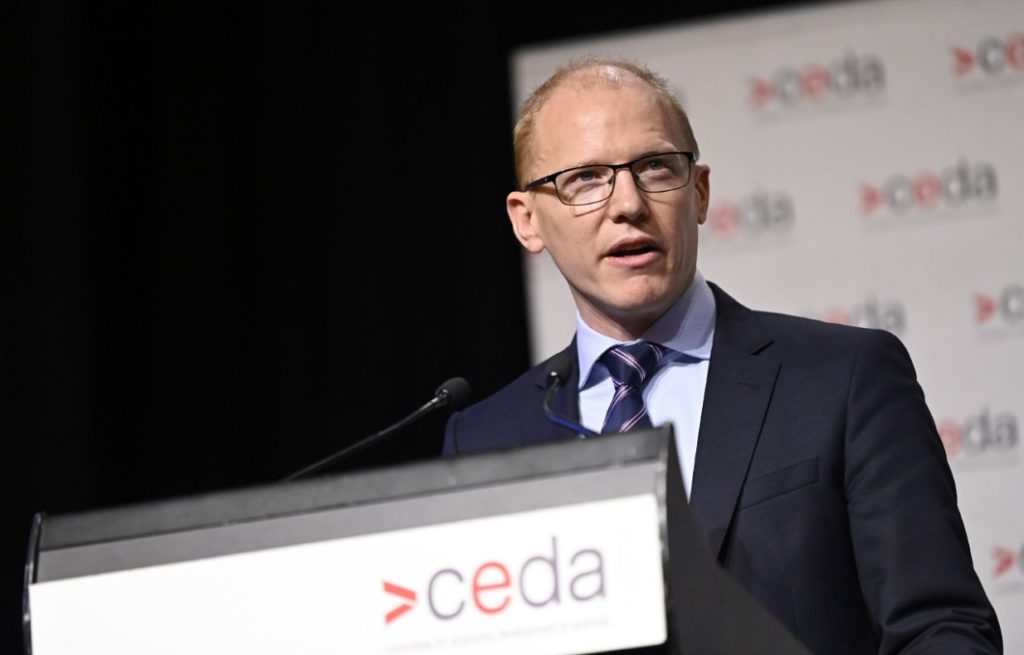
The new chief of the Australian Energy Market Operator (AEMO) has said he wants the country’s grids to be capable of handling 100% renewables by 2025.
Daniel Westerman, who joined the national power market operator as CEO in May, said in a speech this week that the aim is to harness talents, capabilities and know-how across the industry to engineer grids that can run at 100% instantaneous penetration of renewable energy.
Unlock unlimited access for 12 whole months of distinctive global analysis
Photovoltaics International is now included.
- Regular insight and analysis of the industry’s biggest developments
- In-depth interviews with the industry’s leading figures
- Unlimited digital access to the PV Tech Power journal catalogue
- Unlimited digital access to the Photovoltaics International journal catalogue
- Access to more than 1,000 technical papers
- Discounts on Solar Media’s portfolio of events, in-person and virtual
“This is unchartered territory for a large, independent grid anywhere in the world. And this must be our goal not because of personal ambition, politics or ideology, but because we know this is where we’re headed,” said Westerman, who previously served as president of renewable energy at the UK’s electricity system operator National Grid.
AEMO saw levels of instantaneous solar and wind penetrations rise to 52% last year, while in South Australia utility-scale and rooftop solar were able to supply the equivalent to all the state’s energy needs for one hour during a day last October.
Solar systems are now fitted to more than 2.5 million homes in Australia and are the fastest-growing part of the country’s energy mix. Falling technology costs and more spending on home improvements meant 3GW of rooftop solar systems were installed in Australia in 2020, a 40% increase year-on-year, according to the country’s Clean Energy Regulator.
The rise in utility-scale solar and wind projects are pushing down the cost of power generation to zero, or even negative prices, which means spinning thermal generators – which have been used for system stability attributes such as frequency control and inertia – disconnect.
“It’s getting harder for us to manage the stability of the power system as the penetration of solar and wind, even at today’s levels, pushes the system to its limits,” said Westerman.
However, the aggregation of rooftop solar and local batteries into virtual power plants can be financially beneficial for homeowners, and can also provide important grid services, Westerman said, adding that utility-scale battery storage installations – such as the Hornsdale Power Reserve (150MW / 194MWh) project in South Australia – are “extremely helpful in stabilising the grid” by providing a range of ancillary services.
Westerman also revealed that a collaborative effort is underway with rule makers, governments, industry and consumer groups to develop a tiered arrangement that would see rooftop solar constrained only as a last resort.
Thanks to the growth of cheap decarbonised energy, Australia’s potential for producing green hydrogen was also noted during the speech, with the country “in the box seat to make green hydrogen the next export hero”, Westerman said. “Australia has proximity to energy-hungry customers, an abundance of sunshine and wind, and importantly, the know-how to create a gas export industry on a world scale.”
Plans were unveiled earlier this week for a hub in Western Australia that could feature up to 50GW of solar and wind generation to produce green hydrogen.







